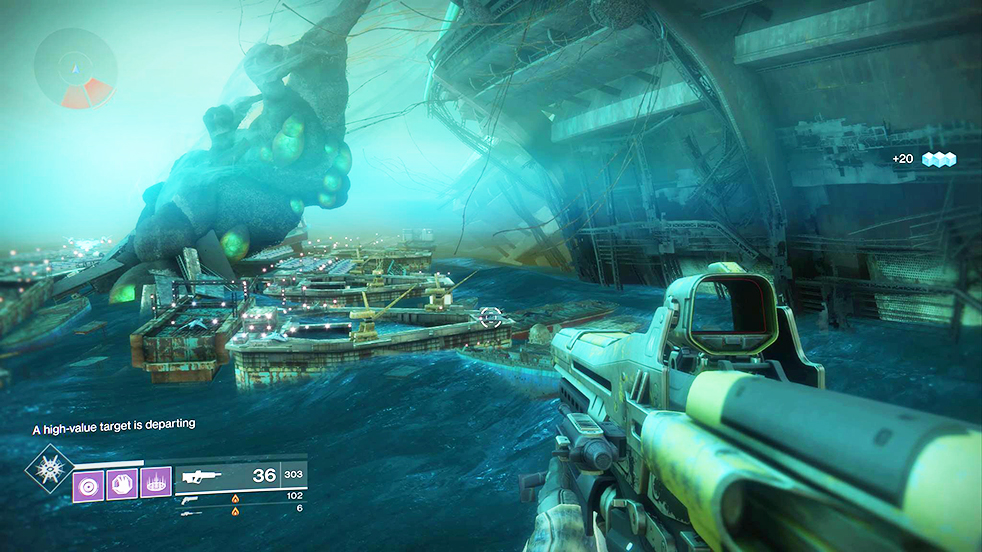
Miguel de Cervantes’s classic novel “Don Quixote” is considered by many scholars to be one of the greatest works of literature of all time, and has even been held up as the first example of the modern novel.
The work was originally published in two parts, the latter of which is packed with the metafictional themes for which the novel is famous.
Part one of the novel, however, is a different work of fiction. Most people who have never themselves read “Don Quixote” probably imagine it, like I did, to be a novel from the end of the medieval period, mourning the death of chivalry. In reality, it is apparent from the initial few pages that Don Quixote is anything but the romantic defender of a dying order most assume him to be.
The entire first half is more of a parody of chivalric romances than a somber narrative, and it inspires far more laughter than introspection. Don Quixote is a crazed madman, attempting to revive chivalry roughly two hundred years after it became extinct.
In the famous scene in which Don Quixote battles with windmills, he does so not because he is a valiant knight whose role in society is rapidly becoming obsolete; rather, he does so because he is delusional enough to believe them to be giants, and the role in society which he wishes to take on has been dead for generations.
While the first part of the novel may not be as serious or as insightful as the second part, it is proving to be relevant in the modern world.
Don Quixote is a misguided old man waging a misguided war against modernity to revive a long dead reality. Sound familiar? Indeed, if the language were more modern, it would seem that Cervantes wrote his magnum opus about our own 45th president.
Beyond the rather obvious comparison between Don Quixote’s row with the windmills and President Trump’s crusade against renewable energy, the novel is full of connections to the president’s controversial rise.
By Don Quixote’s side rides Sancho, an unscrupulous peasant looking to gain power and riches from the titular knight errant’s conquests. In the domain of reality, we have a whole hoard of conventional Republican lawmakers who have endorsed Trump, hoping to ride his coattails to success only to face declining popularity. Like them, Sancho suffers the negative consequences of Quixote’s actions.
We also find under Don Quixote’s haunches a tired but faithful horse named Rocinante. He is frequently injured in the execution of Quixote’s will, and he sees no reward for his faithful service. Under Trump’s haunches are his most faithful supporters. Always loyal and confident, these individuals are more often the victims of Trump’s actions than the
beneficiaries.
Finally, we have the rest of the characters. These people are constantly under attack from Quixote, often for no reason other than that the knight views them as a threat to chivalry. These people are the rest of us, the citizens whom Trump attacks in an effort to bring back a romanticized America of old, one which never existed in the first place and can never exist again.
So, what is the point?
Sure, the novel does a great job of illustrating Trump’s misguided worldview, but we can just as easily observe that by reading the news. Ultimately, the insight to be found in “Don Quixote” lies in how the knight comes to see the world the way he does.
Don Quixote grows insane from reading too many medieval romances. He becomes delusional when he begins to believe that they are accurate, and that there existed a time when knights traveled over great expanses, battling with giants and bringing honor to their ladies. This time, of course, never existed outside the imaginations of romantic authors.
It seems that Trump has formed an image of an American past in which everyone worked in a coal mine or factory, and everyone was middle class and happy, and he seems to believe sincerely in its accuracy. Like the chivalric fantasy, this America never existed and never will. If we ever want to bring our own Don Quixote back to reality, we must accept that.









